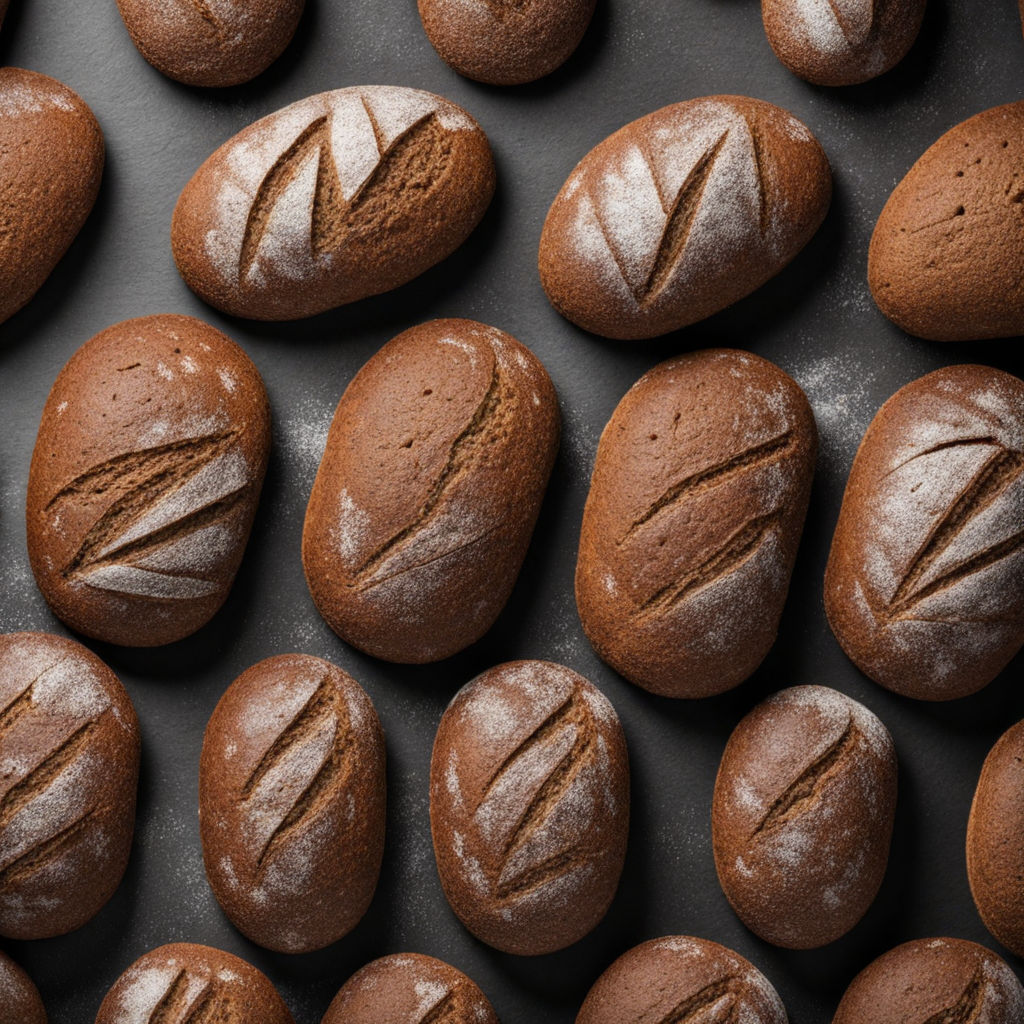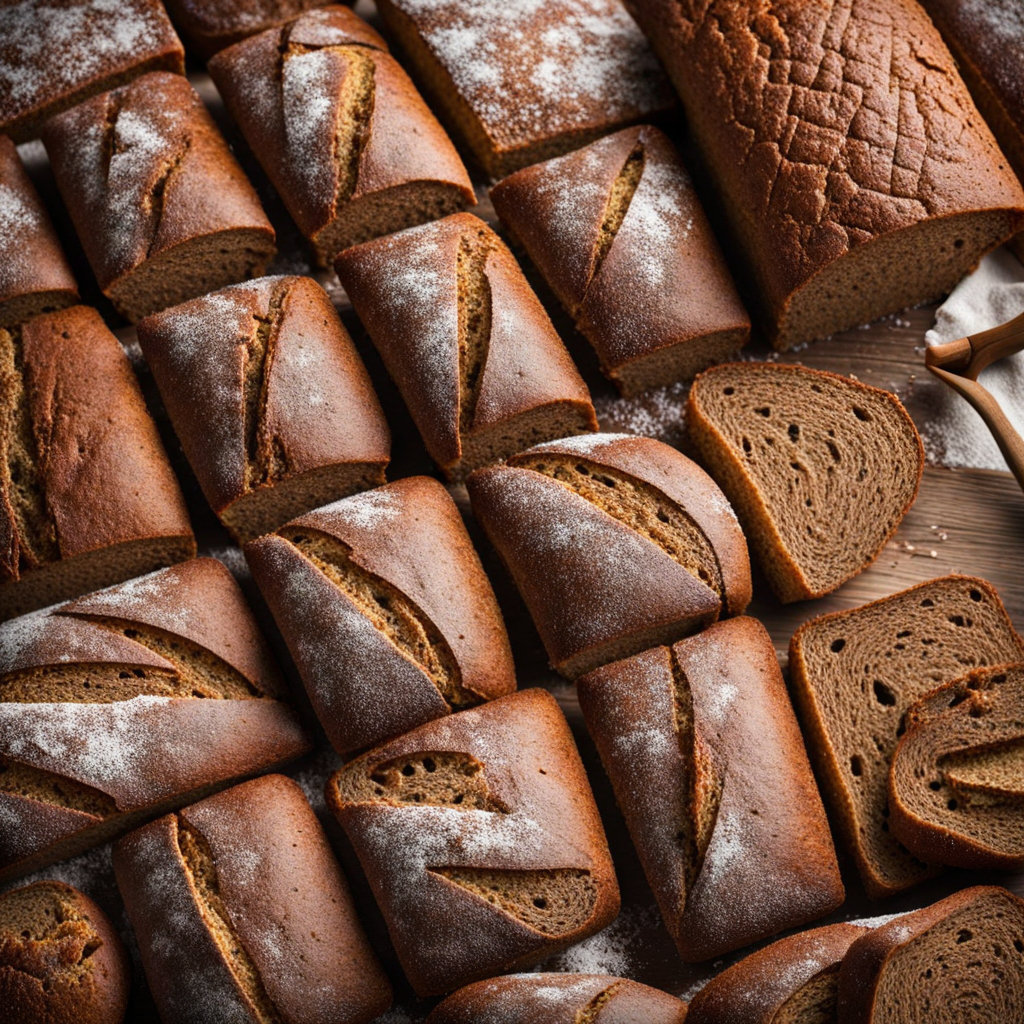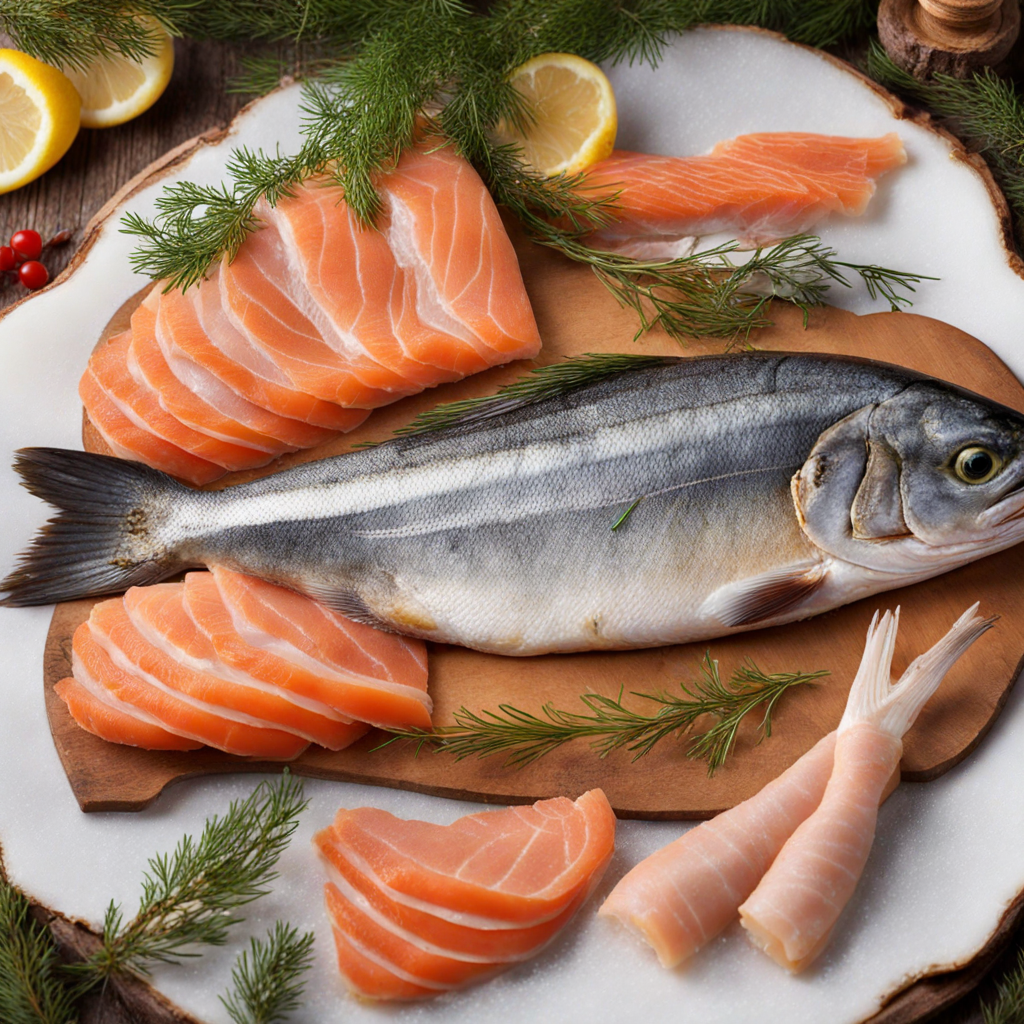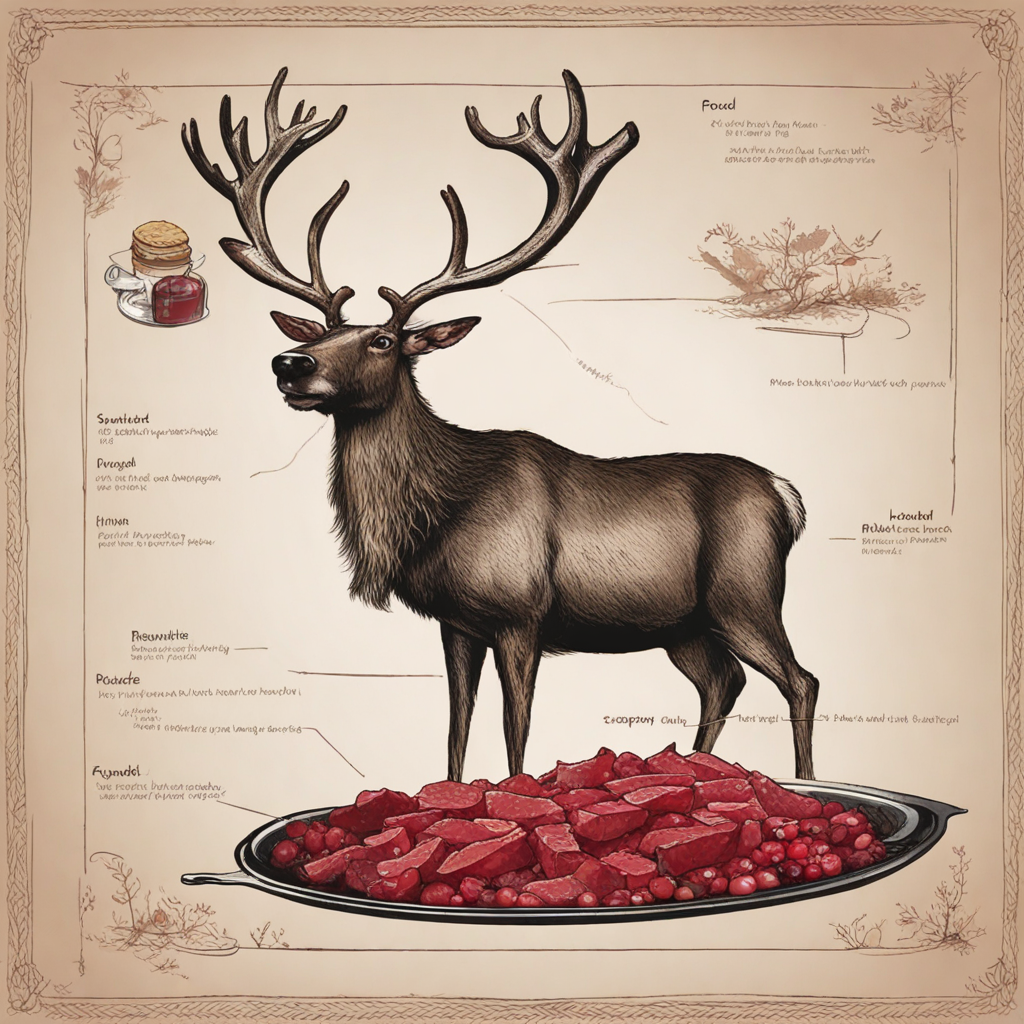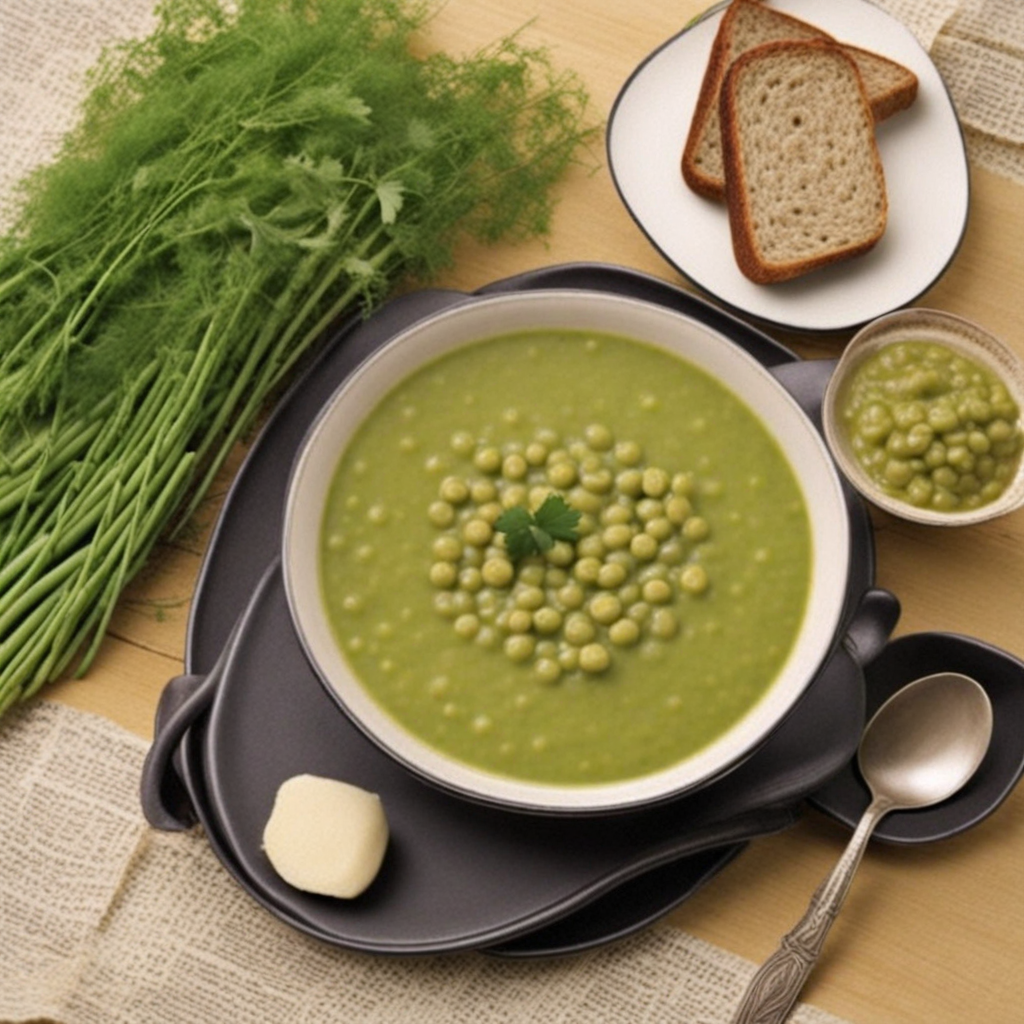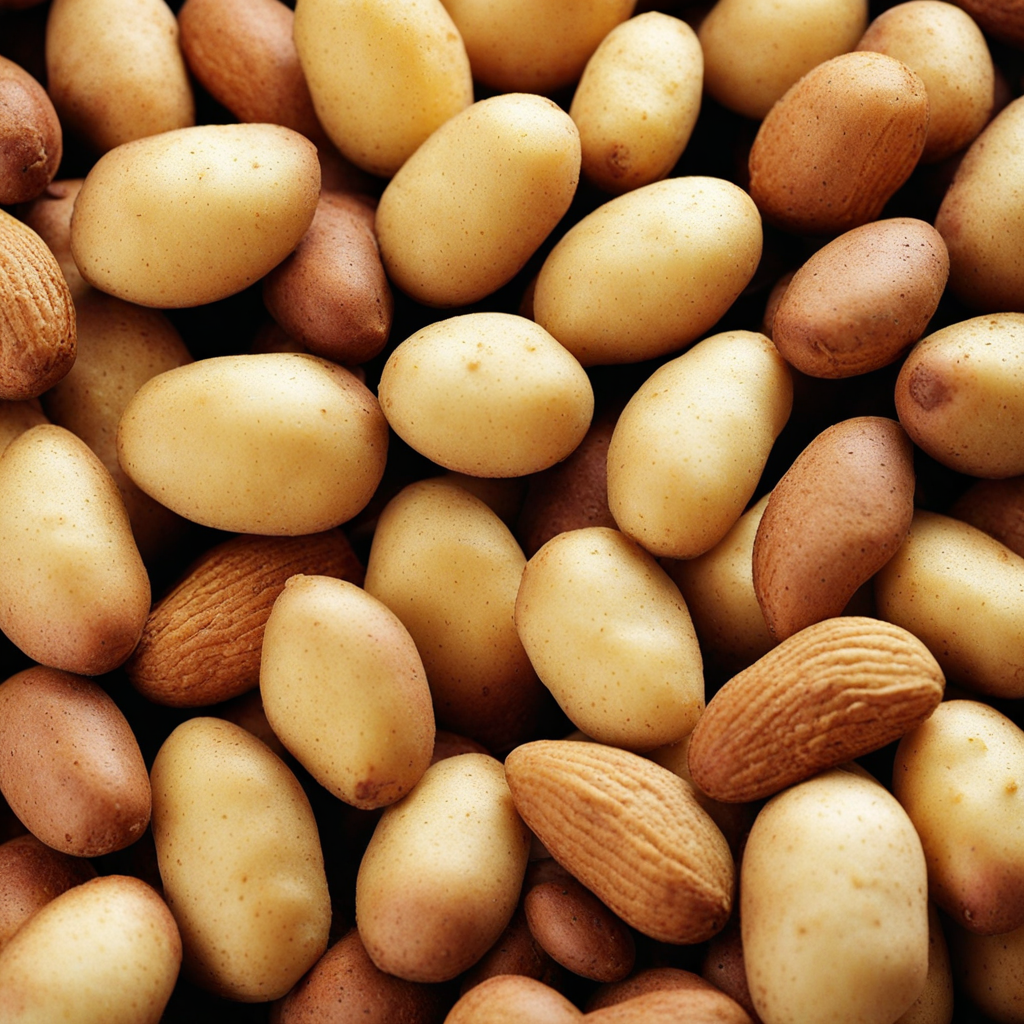Rye Bread
Rye bread, a staple in Finnish cuisine, is characterized by its deep, earthy flavor and dense texture. Made primarily from rye flour, this bread often has a slightly tangy taste due to the fermentation process involved in its preparation. The use of sourdough starter is common, which not only enhances the flavor but also contributes to the bread's unique aroma. When baked, rye bread develops a dark brown crust that encases its moist, hearty interior, making each slice a perfect foundation for a variety of toppings. In Finland, rye bread is more than just a side dish; it's a versatile canvas for culinary creativity. Traditionally, it pairs beautifully with smoked fish, pickled vegetables, or creamy cheeses, allowing the robust flavor of the rye to complement and elevate the toppings. The dense structure holds up well under weight, making it ideal for open-faced sandwiches, known as "smörgåsbord," which are often enjoyed during festive gatherings. Rye bread is also a great vehicle for spreads like butter or savory pâtés, enhancing any meal with its complex flavor profile. Beyond its delicious taste, rye bread is celebrated for its nutritional benefits. Rich in fiber, vitamins, and minerals, it supports digestive health while providing a satisfying, hearty meal that keeps you feeling full longer. In Finland, rye bread is not just food; it is a part of the cultural identity, often enjoyed daily at breakfast or lunch. Each bite of this wholesome bread connects you to the Finnish landscape, echoing the traditions and agricultural practices that have shaped it for centuries.
How It Became This Dish
Ruisleipä: The Heart of Finnish Culinary Heritage #### Origins of Ruisleipä Ruisleipä, or rye bread, is a quintessential staple of Finnish cuisine, deeply interwoven with the country's agricultural practices, cultural identity, and historical developments. Its origins can be traced back to the early medieval period in Finland, around the 12th century, although rye itself had been cultivated in Europe for much longer. The grain likely arrived in Finland through trade routes, possibly from the east or south, as it had become a common staple across the continent. In Finland, the harsh climate and short growing season made wheat cultivation challenging. Rye, on the other hand, was well-suited to the cold and damp conditions, thriving in the Finnish soil. This adaptability made rye an essential crop for survival, leading to its prominence in the Finnish diet. The use of rye for bread-making can be seen as a response to both environmental constraints and cultural practices of the time. #### Cultural Significance Ruisleipä is not merely a food item; it is a symbol of Finnish identity and resilience. Traditionally, rye bread was baked at home, often in communal ovens, fostering a sense of community among families and neighbors. The act of baking bread was a ritual that involved the entire family, from grinding the rye grain to kneading the dough. This collaborative effort not only strengthened familial bonds but also passed down culinary traditions through generations. The bread itself has profound cultural significance. In Finnish folklore, rye was considered a sacred grain, and bread was often viewed as a gift from the gods. It was believed that the quality of the bread reflected the well-being of the household. Ruisleipä was commonly associated with various rites of passage and celebrations, such as weddings and holiday feasts. It was customary to place a loaf of rye bread on a newly married couple's table, symbolizing prosperity and abundance. Furthermore, ruisleipä holds a special place in Finnish cuisine during the long, dark winters. Its dense texture and rich flavor made it a reliable source of sustenance. The bread's ability to stay fresh for extended periods, especially when stored properly, allowed families to endure harsh conditions. Traditionally, ruisleipä was often accompanied by butter, cheese, or cold cuts, making it a versatile food that could be eaten at any meal. #### Development Over Time As Finland progressed through the ages, so did the methods and styles of making ruisleipä. By the 18th century, the industrial revolution began to transform food production, and with it, bread-making practices. While many rural families continued to bake their bread at home, the introduction of commercial bakeries brought about changes in the availability of ruisleipä. These bakeries began producing standardized loaves, making it easier for urban populations to access this staple. In the late 19th and early 20th centuries, the Finnish national awakening prompted a renewed interest in traditional foods, including ruisleipä. Intellectuals and cultural leaders sought to celebrate and preserve Finnish heritage, and food played a pivotal role in this movement. Rye bread was embraced as a symbol of national pride, reflecting the connection to the land and the agrarian lifestyle. The period saw an increasing emphasis on regional varieties of rye bread, each with its unique characteristics and flavors. The post-World War II era brought about further changes in the production and consumption of ruisleipä. With urbanization and globalization, traditional baking methods were challenged by modern technologies and rapid industrialization. However, the love for ruisleipä remained steadfast among the Finnish people. In response to the growing popularity of mass-produced products, there emerged a revival of interest in artisanal and homemade breads. This renaissance reflected a yearning for authenticity and a connection to the past, prompting many Finns to return to their roots in bread-making. #### Modern-Day Ruisleipä Today, ruisleipä is celebrated not only as a traditional food but also as a healthful option in contemporary diets. The bread is high in fiber, vitamins, and minerals, making it a nutritious choice compared to many white breads. Its distinct flavor, characterized by a slightly sour taste from the fermentation process, has garnered a loyal following not just in Finland but also internationally. In Finland, ruisleipä is available in various forms, from dark, dense loaves to lighter, crisp varieties. Each region has its specialties; for instance, Lappi's round, flat loaf (known as "leipä" or "ruisleipä") contrasts with the more common rectangular loaves found in southern Finland. Rye crispbread, or "näkkileipä," has also gained popularity, serving as a convenient alternative to traditional loaves. Culturally, ruisleipä has maintained its significance in Finnish life. It remains a staple on the Finnish table, symbolizing home-cooked meals and familial bonds. In recent years, the bread has also found its way into modern culinary scenes, inspiring chefs to create innovative dishes that honor traditional flavors while incorporating contemporary techniques. #### Conclusion Ruisleipä is much more than just rye bread; it embodies the spirit of Finland and its people. From its ancient origins as a survival food to its status as a beloved national symbol, ruisleipä has weathered the storms of history, adapting and evolving while remaining true to its roots. As Finland continues to embrace its culinary heritage, ruisleipä stands firm at the center of Finnish culture, a testament to the resilience and creativity of its people. Whether enjoyed at a traditional feast or as part of a modern meal, this hearty bread serves as a reminder of the deep connections between food, culture, and identity.
You may like
Discover local flavors from Finland


